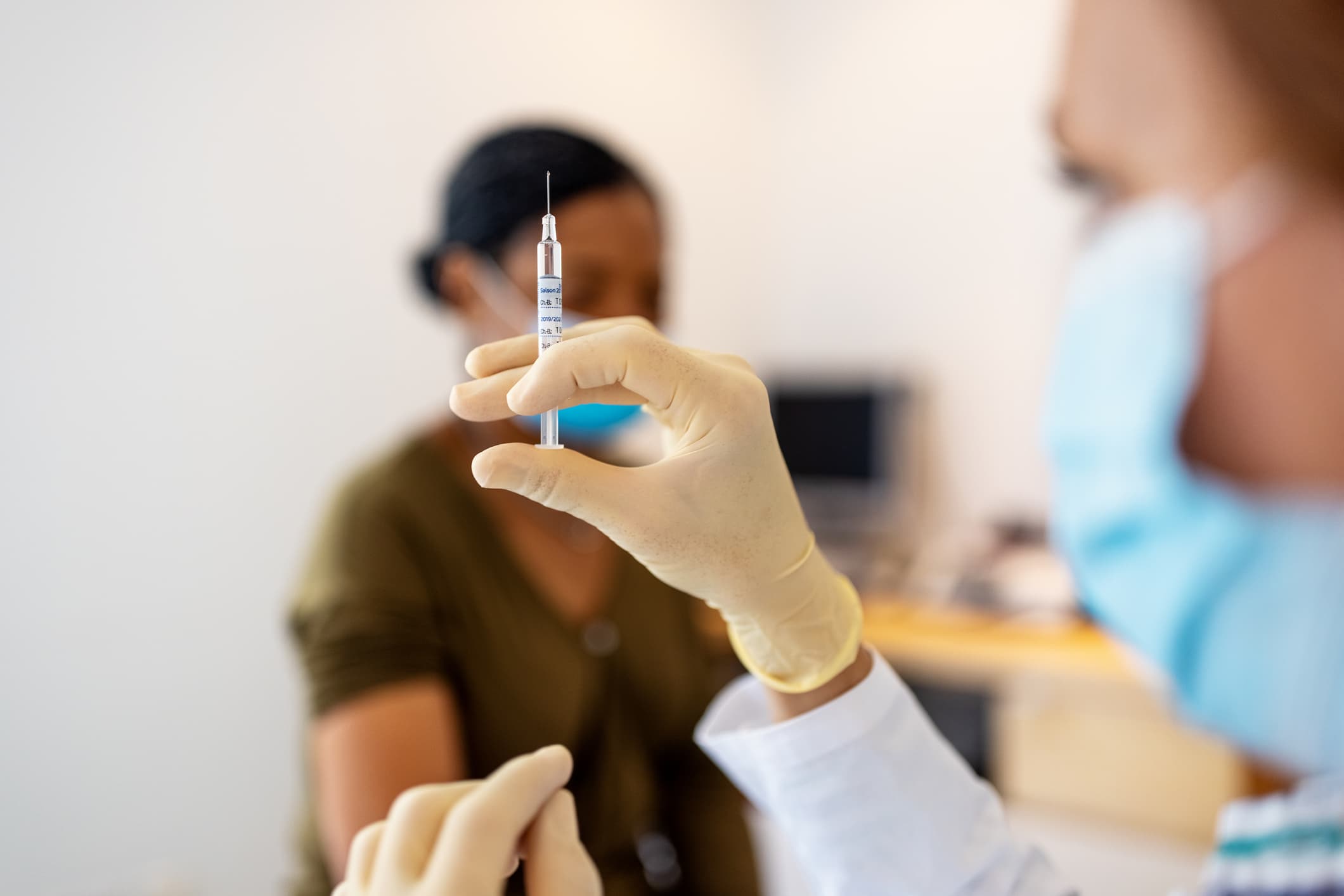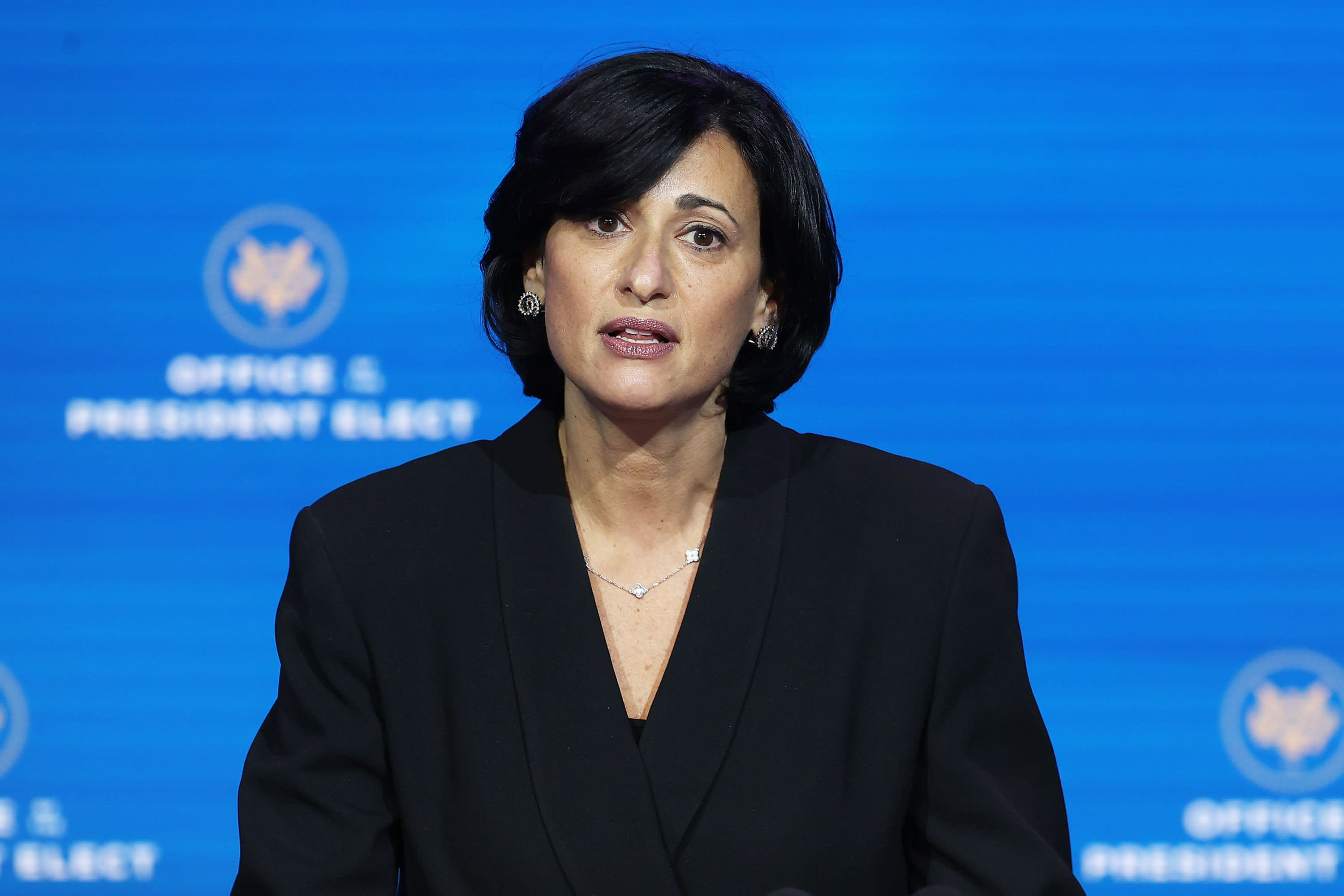Maine will drop quarantine and testing requirements for visitors from all New England states, effective immediately, Gov. Mills announced said Friday as the state prepares for the spring and summer tourism seasons.
In a press conference, Mills also announced a timeline for the state to ease or lift capacity limits for indoor and outdoor activities and that bars can reopen for indoor service starting March 26 -- moves she says are possible because of low coronavirus case numbers.
Under the plan, the state will switch from a hard capacity limit to a percentage-based system. For indoor gatherings, a 50% capacity limit will be implemented on March 26, and that limit will increase to 75% by May 24.
For outdoor spaces, a 75% capacity limit will take effect on March 26, but that is set to be lifted entirely by May 24.
Mills stressed that COVID protocols, including social distancing and mask guidelines, will remain in effect.
The plan "will protect the health of the Maine people and visitors alike and support Maine's economy during what we hope will be a robust and welcoming tourist season," the governor said.
Mills added the moves are fueled by an expected increase in the number or coronavirus vaccine doses in the coming weeks. She warned however, the changes could be rolled back if cases spike.
Tony Cameron, CEO of the Maine Tourism Association, welcomed the changes.
“Throughout this pandemic, one of the most significant challenges for the tourism industry is uncertainty about what the future holds," he said. "Early spring is a critical time for our businesses. We’re beginning to gear up for what we hope is once again our ‘busy’ season.
"A clear understanding today of what the travel guidelines and capacity limitations will be heading into spring and summer and the very real possibility of further easing of restrictions is tremendously helpful.”
Before the change, only residents from Vermont and New Hampshire were exempt from the testing and 10-day quarantine requirement for travel and lodging.
The latest average positivity rate in Maine is 1.68%. State health departments are calculating positivity rate differently across the country, but for Maine the AP calculates the rate by dividing new cases by test specimens using data from The COVID Tracking Project.
The seven-day rolling average of the positivity rate in Maine did not increase over the past two weeks, going from 1.89% on Feb. 18 to 1.68% on March 4.
Public health authorities in Maine have said the virus has sickened more than 45,000 people and killed more than 700 people in the state.
Meanwhile, the state earlier this week began allowing residents aged 60-70 to sign up to get the shots at all vaccine clinics in the state as part of its age-based vaccination strategy.
In addition, late Wednesday, Mills announced she would allow “school staff and child care workers” of all ages, including teachers, to get COVID-19 vaccines at all of Maine’s federal pharmacy partner locations, which include certain Walmart, Walgreens and Hannaford stores.
Just days earlier, Mills had announced she would not allow teachers under 60 to receive the vaccines this week. She shifted course a day after President Joe Biden called on governors across the United States to get educators at least one dose of the shots by the end of this month.
“I share the President’s desire to vaccinate school staff and child care workers as quickly as possible, just as I want to see all Maine people vaccinated as quickly as possible,” said Mills in a news release.
Not only are more Mainers eligible for the vaccine, they have more options when it comes to where to get them.
Hannaford Supermarkets is set to offer the shots at 35 of its store pharmacies in the state this week.



